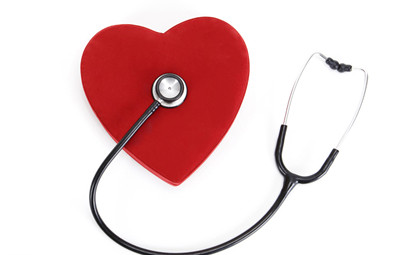During a physical exam, doctors pick up a lot from their patients.
在体检的过程中,医生们从病人处了解到许多信息。
Including that patient's bacteria.
而且包括病人携带的细菌。
To keep infections from spreading, physicians try to always wash their hands between exams.
为了防止病菌感染,医生们总是在体检间隙频繁洗手。
But they don't always scrub their stethoscopes.
但他们并未考虑过清洁听诊器。
To see just how much bacteria these instruments gather, doctors examined 71 patients, using sterile stethoscopes and gloves.
为了调查一下这个小仪器上到底能积累多少细菌,医生们进行了一项实验,他们使用无菌消毒过后的听诊器和手套相继检查了71 名患者。

After each exam, researchers collected samples from the stethoscope's surface and tube, as well as four parts of the physician's gloved hands: the fingertips, backs and two locations on the palm.
每次检查完毕后,研究人员们都从听诊器表面和管道内采集样本,而且还从医生们戴着的手套上的指尖,手背以及手掌上两处四个部位再进行采集。
The fingertips became by far the most bacterially contaminated.
指尖成为了迄今为止最容易被细菌附着的地方。
But the runner-up was the stethoscope's surface, which gathered more microbes than the palms or the backs of the hands.
而其次是听诊器的表面,上面的细菌等微生物可比手掌和手背等要多的多。
The study is in Mayo Clinic Proceedings.
这项研究已经在《梅奥医疗进展》杂志上发表。
Although fingertips picked up more than five times as much bacteria as stethoscopes did, doctors reduce that contamination before seeing the next patient by cleaning their hands.
尽管指尖部位比听诊器上的细菌多5倍,但医生们却可以通过间隙的洗手清洁减少这类病原传播。
According to this study's authors, stethoscopes should get the same treatment.
据这项研究的作者表示听诊器也应该进行相应的清洁处理。
Then the only thing to fear is the stethoscope’s icy temperature.
那时令人恐惧的事就只剩下对于听诊器的冰凉触感了。













